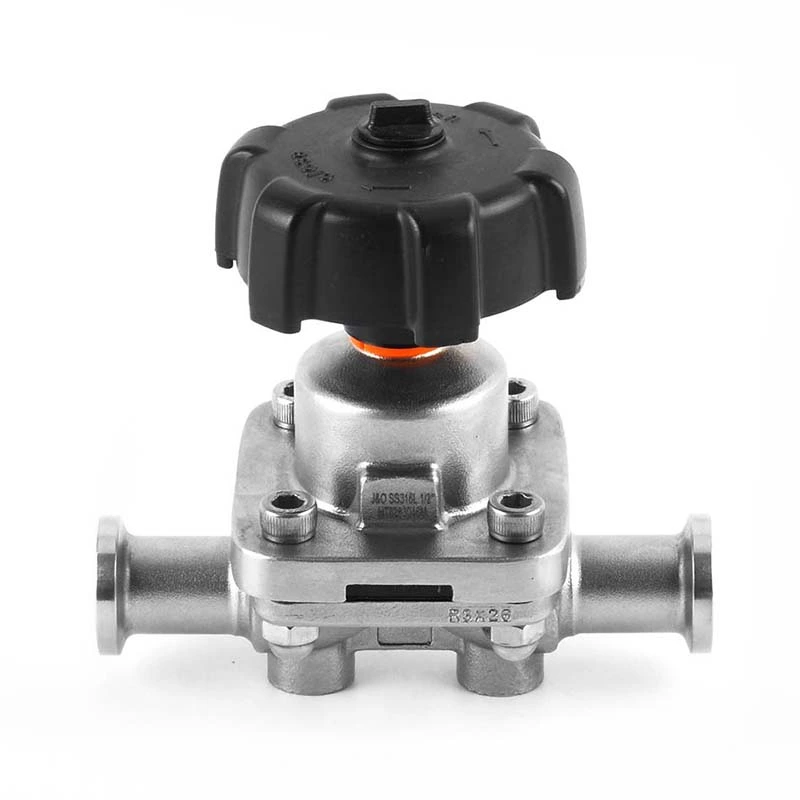Use Of Sanitary Diaphragm Valve
1. Inspection before using Sanitary Diaphragm Valve
Appearance inspection: Ensure that the appearance of the diaphragm valve is not damaged or deformed.
Connection parts inspection: Confirm whether the connection parts of the diaphragm valve are tight to prevent leakage.
Switch flexibility inspection: Check whether the switch of the diaphragm valve is flexible and whether there is any jamming.
2. Normal operation process
Opening operation: First confirm that the upstream and downstream valves are closed, and then slowly open the diaphragm valve to avoid instantaneous high pressure from damaging the diaphragm.
Closing operation: When the diaphragm valve needs to be closed, the handwheel should be rotated slowly until the valve is completely closed.
Operation observation: During the operation, closely observe the working status of the diaphragm valve to ensure its normal operation.
3. Precautions
Avoid grease: Do not apply grease to the rubber lining layer and the rubber diaphragm surface to prevent rubber swelling and affect the service life of the diaphragm valve.
No collision: The handwheel or transmission mechanism is not allowed to be used for lifting, and collision is strictly prohibited. Avoid auxiliary lever: During manual operation, auxiliary levers must not be used to prevent excessive torque from damaging the drive components or sealing parts.
